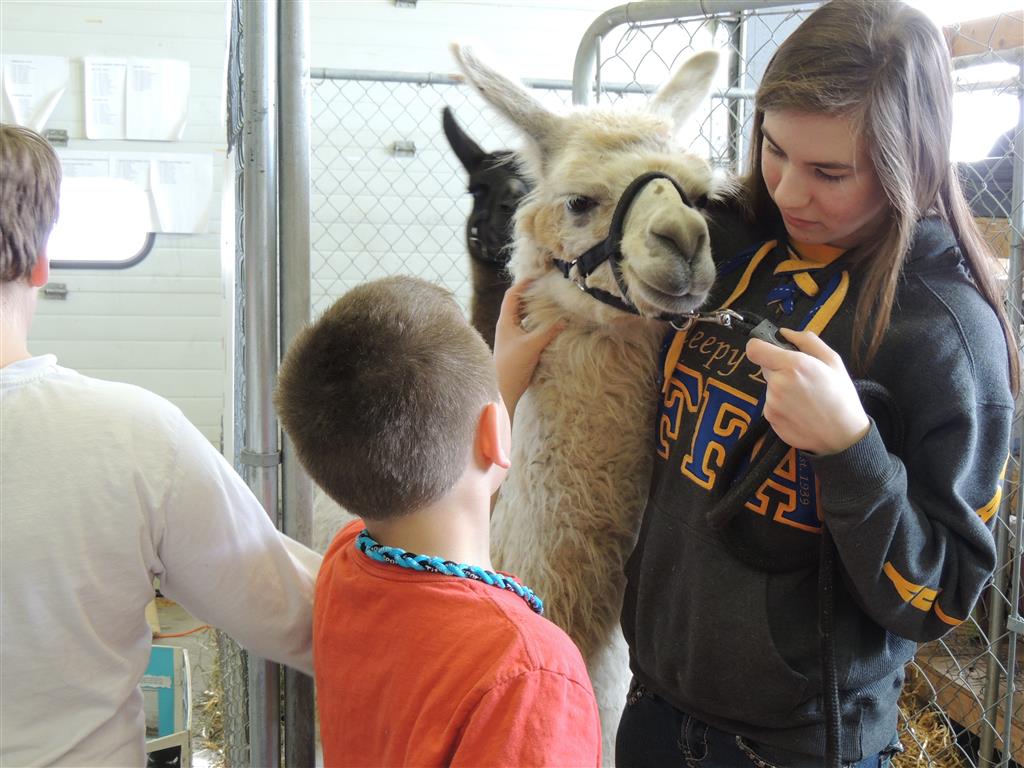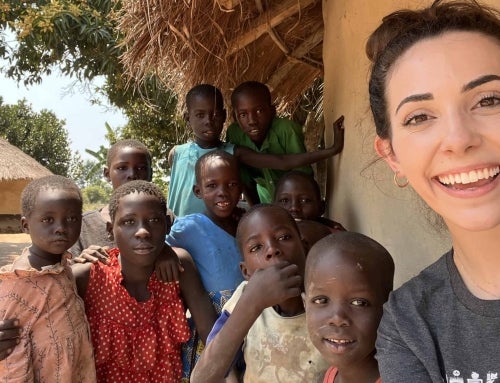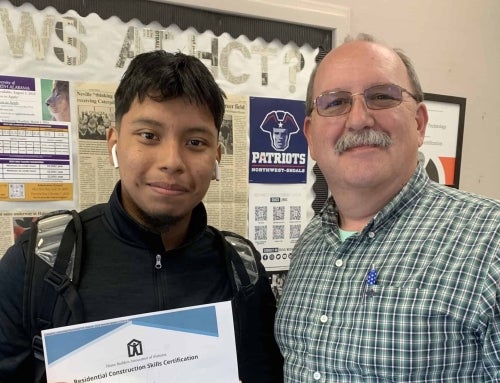This 2018 national FFA proficiency finalist shows the exotic side of agriculture.
There are many FFA members who can say they grew up with livestock, whether it’s cattle or pigs, sheep or chickens. Not many can say they cared for llamas and peacocks in their childhood, however. One of this year’s Specialty Animal Production Proficiency Award finalists grew up with these exotic animals and incorporated them into her FFA experience.
Cassidy Hacker of the Sleepy Eye FFA Chapter in Minnesota said her father started the family’s llama operation when he bought a pair for her mother. When Hacker was 3 years old, she started caring for the llamas. A few years later, around kindergarten age, Hacker acquired the peacocks.
“I went to an exotic bird sale with my dad,” she says. “They were so beautiful. I fell in love with them and decided I wanted to raise them.”
Hacker is known as the Llama Girl in her area because she brings the llamas to community events.
“I bring the llamas to county fair,” she says. “I bring them to nursing homes a lot for the elderly to see. Store grand openings, state parks, school – kind of everywhere.”
The llamas are great for these events because they are gentle creatures, they listen well to commands and they are easier to lead than dogs, Hacker says. Each llama has its own unique personality that shines through as she works with them.
“They’re a very good confidence builder for young kids if they want to start showing cattle in 4-H or FFA. It’s really good to start on a llama because they’re gentle.”
Hacker’s family does not breed the llamas; they have a lifespan of 20 to 30 years. Instead, the money she makes from the animals comes from show premiums through 4-H. Hacker tried selling the llama wool, but she said there is not a big market for it in her area.
As for the peacocks, Hacker sells the feathers. Her primary customers are florists.
“One year, I decided to trade peacock feathers for prom flowers, and that’s how I found that market for selling them to floral shops,” she says. “That really took off.”
Like the llamas, the peacocks are tame, and they roam free-range around the family farm.
“You can get pretty close, or if you hold a hand out with feed, they’ll come up to you. So that’s really neat, too.”
Hacker currently studies agricultural business at South Dakota State University. After graduation, she wants to work in the cattle industry with the goal of running a ranch.












